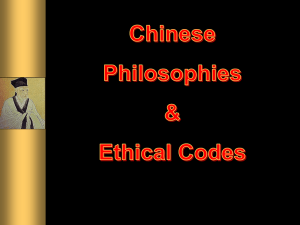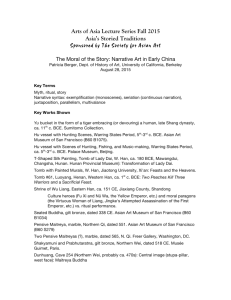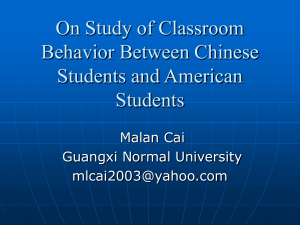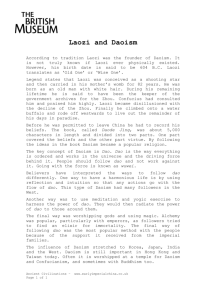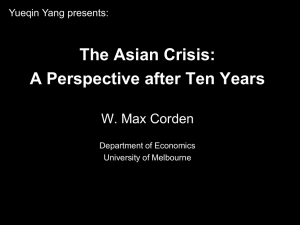Asian Religions Overview
advertisement
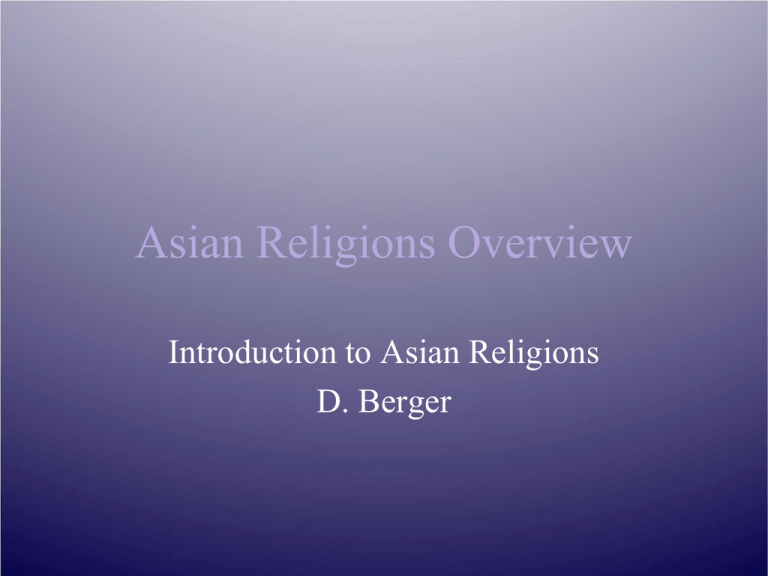
Asian Religions Overview Introduction to Asian Religions D. Berger • • • • • dharma (Skt.) = “duty, obligation, law” yoga (Skt) = “binding”: meditation zongjiao 宗 教 (Ch) = “ancestral veneration” shukyo (Jp) = “(foreign) orthodoxy” shinto 神 道 (Jp) = “the way of the spirits” PHILOSOPHY IN ASIA darsana (Skt) = “worldview, school” anviksiki (Skt) = “analysis” zhexue/tetsugaku 哲学 (Ch/Jp) = “study knowledge/wisdom” jia 家 (Ch) = “family /school” dao / do 道 (Ch/Jp) = “way of life/practice” FEATURES OF ASIAN THOUGHT 1 Divergent Notions of Ultimate Reality brahman (impersonal, basic power) istadeva (chosen, preferred god) nirvana (extinction of life continuum) tian 天 (ancestral spirits / nature) dao 道 (the course of nature) shen/kami (Ch/Jp) 神 (nature spirits) Meditation as approach to divine -- techniques of self-salvation -- methods of self-transformation -- identification with divine powers -- philosophical method FEATURES OF ASIAN THOUGHT 3 De-emphasis on individuality -- atman as cosmic and not personal self -- anatman as “no-self, no-identity” -- ren / jin as virtue of social selfhood -- zhenren as genuine personhood in natural continuity FEATURES OF ASIAN THOUGHT 4 Ethics of community, function, authority -- caste responsibility -- buddhahood as an ideal -- social responsibility as familial -- natural patterns as ethical guidelines OVERVIEW 1 Brahmanism -- Origins in Vedic Ritual (1000 BCE) -- Classical Philosophy (800 BCE-1500 CE) -- Bhakti Movements (500 CE-Present) OVERVIEW 2 Buddhism -- Theravada (400 BCE) South Asia -- Mahayana (100 BCE) East Asia -- Vajrayana (500 CE) Tibet Confucianism -- Classical Origins (500 BCE-220 CE) Warring States Period/Han Dynasty -- Neo-Confucianism (1000-1905) Institutional Education Daoism -- Philosophical Texts (300 BCE-300 CE) Warring States / Han Dynasty -- Religious Daoism (50-Present) Monastic / Medicinal / Artistic
